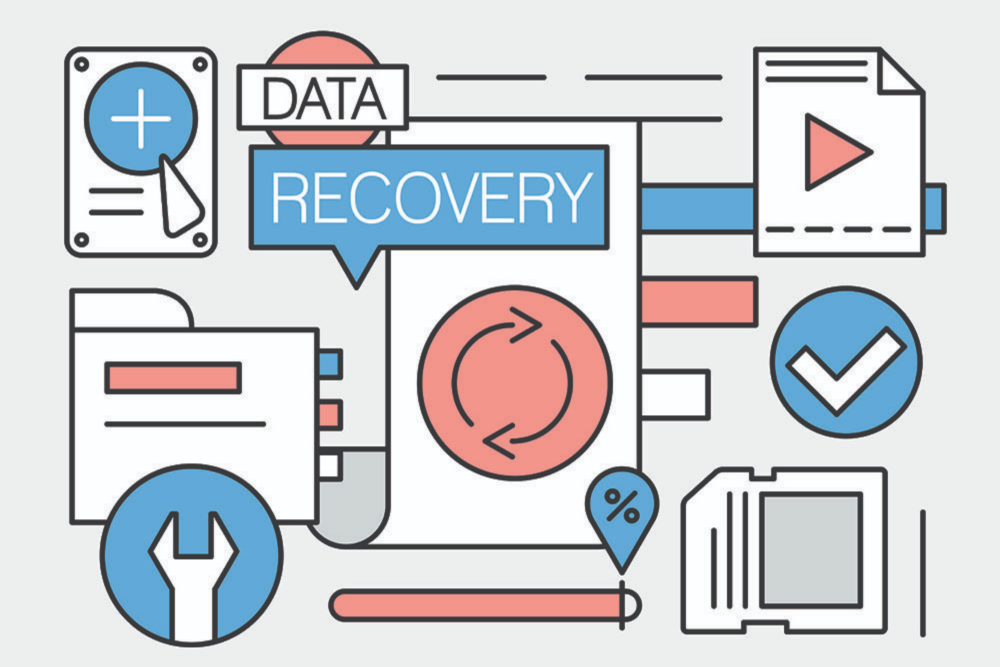
Disasters can happen to any business at any time and the downtime they cause is truly catastrophic, many of which never recover. The strength to avert disasters and effectively handle the ones that occur starts with knowledge.
How to prep with a disaster recovery plan
Downtime is Common
90% of companies experience some form of downtime, which may result in loss of data, security, productivity, and revenue.
Over half of companies have experienced downtime that lasted at least 8 hours in the last 5 years.
(Down) Time is Money
An hour of downtime costs $8,000 for a small company, $74,000 for a medium company, and $700,000 for a large enterprise.
This number has since grown to be $10,000 an hour for small companies and upwards of $5 million for large enterprises.
Planning Ahead
The most powerful and flexible disaster recovery plan is local virtualization for SMBs and enterprises with physical or virtual servers.
Over 50% of companies don't have a continuity plan in place, and 1 in 5 executives don't have a recovery plan in place. It's imperative to create a plan and ensure employees at all levels are aware of it. IT decision makers are also increasing their budgets on cyber security as malware, phishing, and ransomware attacks have increased over the last few years.
Disastrous Situations
Disasters that cause downtime may be a result of hardware failure, human error, software failure, or natural disaster.
The COVID-19 pandemic is unfortunately a good example of a natural disaster that caused a lot of harm for businesses, over 100,000 small businesses had to close due to it.
Ransomware is becoming more and more prevalent and is causing companies to experience over 16 days of downtime on average, and costs associated with recovering from this type of attack are constantly increasing.
Recovery is Painful
The average time it takes a business to recover from disaster is 18.5 hours, but 43% of companies never totally recover.
9 out of 10 small companies permanently close if they are too slow to recover (usually within 5 days after the disaster).
What could happen?
Disasters of all kinds cause downtime that is damaging to a business.
Disaster planning must encompass disasters of all types and sizes: fires, floods, fraud, ransomware, cyber-attacks, power or IT system failure, human error, acts of terror, and other unthinkable scenarios.
While the type of disaster varies, the impact is typical: data and operational downtime that is truly disastrous.
The devastating effect of downtime caused by disaster include irreparable damage to data, reputation, customer relationships, income, and business vitality.
The best offense is a good defense; you must protect your business by understanding your vulnerabilities, safeguarding against the risks, and preparing for the worst possible business disruption with a plan for business continuity and disaster recovery that will shield your data, protect your business, and keep your systems available and reliable no matter what happens.
Solutions
They can happen to any business at any time and the downtime they cause is truly catastrophic, many of which never recover. The strength to avert disasters and effectively handle the ones that occur starts with knowledge.
Rhyme offers Disaster Recovery as a Service (DRaaS) for local, virtual and cloud environments, within a single platform. With Business Continuity solutions designed specifically for small business, we keep every file safe and accessible.
How can I protect my business?
Your disaster recovery plan must ensure that your entire business infrastructure can be recovered within seconds.
You need a holistic, integrated disaster recovery plan that is reliable, simple, and quick. Rhyme offers a disaster recovery plan that is visible, scalable, and affordable.
Business-critical data, systems, desktops, servers, and the entire infrastructure must be protected and recoverable.
With secure local virtualization solutions, if disaster strikes, your entire infrastructure (physical or virtual) is virtualized instantly, empowering you to continue your business operations without losing any data, incurring any damage, or experiencing any downtime.
For more information contact a Rhyme IT Professional today at 800-362-4333 or email info@rhymebiz.com.
Updates Source: LInkedIn